Methyl 3-(4-hydroxyphenyl)propionate
- CAS NO.:5597-50-2
- Empirical Formula: C10H12O3
- Molecular Weight: 180.2
- MDL number: MFCD00071577
- SAFETY DATA SHEET (SDS)
- Update Date: 2025-09-05 20:24:49
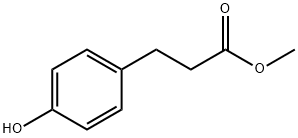
What is Methyl 3-(4-hydroxyphenyl)propionate?
Chemical properties
white transparent low melting mass
The Uses of Methyl 3-(4-hydroxyphenyl)propionate
Methyl 3-(4-hydroxyphenyl)propionate may be used in the enzymatic coupling of saccharides to protein.
Definition
ChEBI: Methyl 3-(4-hydroxyphenyl)propionate is a methyl ester resulting from the formal condensation of the carboxy group of phloretic acid with methanol. It is a nitrification inhibitor and a plant growth regulator. It has a role as a nitrification inhibitor and a plant growth regulator. It is a member of phenols and a methyl ester. It is functionally related to a phloretic acid.
General Description
Methyl 3-(4-hydroxyphenyl)propionate is reported to be responsible for biological nitrification inhibition in sorghum (Sorghum bicolor).
Properties of Methyl 3-(4-hydroxyphenyl)propionate
| Melting point: | 39-41 °C (lit.) |
| Boiling point: | 108 °C/11 mmHg (lit.) |
| Density | 1.1272 (rough estimate) |
| refractive index | 1.5160 (estimate) |
| Flash point: | >230 °F |
| storage temp. | Keep in dark place,Sealed in dry,Room Temperature |
| solubility | Soluble in chloroform and methanol. |
| pka | 9.89±0.15(Predicted) |
| form | Powder |
| color | White transparent |
| CAS DataBase Reference | 5597-50-2(CAS DataBase Reference) |
| NIST Chemistry Reference | Benzenepropanoic acid, 4-hydroxy-, methyl ester(5597-50-2) |
Safety information for Methyl 3-(4-hydroxyphenyl)propionate
| Signal word | Warning |
| Pictogram(s) |
 Exclamation Mark Irritant GHS07 |
| GHS Hazard Statements |
H315:Skin corrosion/irritation H319:Serious eye damage/eye irritation H335:Specific target organ toxicity, single exposure;Respiratory tract irritation |
| Precautionary Statement Codes |
P261:Avoid breathing dust/fume/gas/mist/vapours/spray. P264:Wash hands thoroughly after handling. P264:Wash skin thouroughly after handling. P271:Use only outdoors or in a well-ventilated area. P280:Wear protective gloves/protective clothing/eye protection/face protection. P302+P352:IF ON SKIN: wash with plenty of soap and water. P305+P351+P338:IF IN EYES: Rinse cautiously with water for several minutes. Remove contact lenses, if present and easy to do. Continuerinsing. |
Computed Descriptors for Methyl 3-(4-hydroxyphenyl)propionate
New Products
4,4-Difluoropiperidine hydrochloride tert-butyl 9-methoxy-3-azaspiro[5.5]undecane-3-carboxylate Indole Methyl Resin N-Isopropylurea N,N-Dicyclohexylcarbodiimide(DCC) MELDRUMS ACID 5-METHYLISOXAZOLE-4-CARBOXYLIC ACID Magnessium Bis glycinate Zinc ascorbate 1-bromo-2-butyne 2-acetamidophenol 9(10H)-anthracenone Erythrosin B, 4-Piperidinopiperidine 2-((4-morpholinophenylamino) (methylthio) methylene) malononitrile 2,4-dihydroxybenzaldehyde 3-(4-morpholinophenylamino)-5-amino-1H-pyrazole-4-carbonitrile Methyl 2-methylquinoline-6-carboxylate 2,6-dichloro-4-nitropyridine 4-Bromo-2-chlorobenzonitrile 2-(benzylamino)acetic acid hydrochloride 4-(tert-Butoxycarbonylamino)but- 2-ynoic acid 3,4-dihydro-2H-benzo[b][1,4]dioxepine 1-Phenyl-1-cycloprppanecarboxylicacidRelated products of tetrahydrofuran
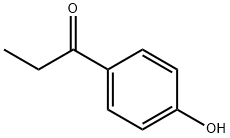

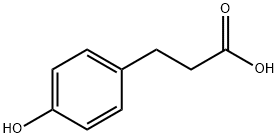

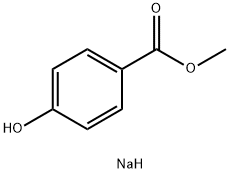
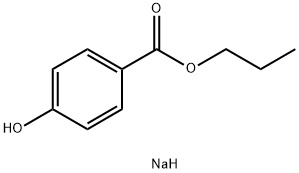
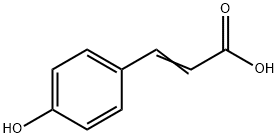

You may like
-
 Methyl 3-(4-hydroxyphenyl)propanoate 96% CAS 5597-50-2View Details
Methyl 3-(4-hydroxyphenyl)propanoate 96% CAS 5597-50-2View Details
5597-50-2 -
 Methyl 3-(4-Hydroxyphenyl)propionate CAS 5597-50-2View Details
Methyl 3-(4-Hydroxyphenyl)propionate CAS 5597-50-2View Details
5597-50-2 -
 Methyl 3-(4-hydroxyphenyl)propionate CAS 5597-50-2View Details
Methyl 3-(4-hydroxyphenyl)propionate CAS 5597-50-2View Details
5597-50-2 -
 3-(4-amino-1-oxoisoindolin-2-yl)-1-methylpiperidine-2,6-dione 98%View Details
3-(4-amino-1-oxoisoindolin-2-yl)-1-methylpiperidine-2,6-dione 98%View Details -
 20677-73-0 (2,2-diethoxyethyl)methylamine 98%View Details
20677-73-0 (2,2-diethoxyethyl)methylamine 98%View Details
20677-73-0 -
 3-(4-(hydroxyamino)-1-oxoisoindolin-2-yl)piperidine-2,6-dione 98%View Details
3-(4-(hydroxyamino)-1-oxoisoindolin-2-yl)piperidine-2,6-dione 98%View Details -
 57381-49-4 2-bromo-4-chlorobenzonitrile 98%View Details
57381-49-4 2-bromo-4-chlorobenzonitrile 98%View Details
57381-49-4 -
 4,6-dichloropyrimidine-5-carbaldehyde 98%View Details
4,6-dichloropyrimidine-5-carbaldehyde 98%View Details
5305-40-8
Statement: All products displayed on this website are only used for non medical purposes such as industrial applications or scientific research, and cannot be used for clinical diagnosis or treatment of humans or animals. They are not medicinal or edible.
